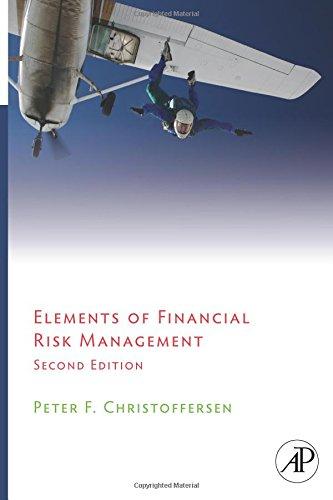Answered step by step
Verified Expert Solution
Question
1 Approved Answer
Debt - to - Equity Market Value ratio is the ratio of Long - term Debt over the Market Value of the company. This is
DebttoEquity Market Value ratio is the ratio of Longterm Debt over the Market Value of the company.
This is another measure of a company's financial structure resilience to shocks, as defined by the amount of longterm debt ratio to the value which the market attributes to the equity capital of the company.
The calculation is as follows:
DebttoEquity Market Value Ratio
Longterm Creditors Shortterm Creditors Subordinated Loans Insurance Funds Market
Capitalization
Observe that, as we discussed in our class notes:
Equity fair value critically depends on expected level of earnings, equity book value and earnings volatility.
The above holds because the firms always have an option to default on equity holders and liquidate assets.
Meanwhile, research shows that debt value increases when earnings become more volatile in the proximity of default.
The rationale for this is that increased earnings volatility allows firms to use 'good' periods of earnings to refinance debt at lower interest rates, raising price of debt.
Considering the concept of Debtto
Equity MV Ratio above, suppose we
have three companies:
All have total capital at $ billion
Company A
Company B
Company C
Longterm Senior Creditors
$ million
$ million
$ million
All three companies have identical DebttoEquity MV Ratios.
All three companies experience identical shocks to their revenues putting pressure on companies to liquidate.
Part a:
Based solely on the above differences in companies debt structure, which company would you expect to have the highest probability likelihood of liquidation?
Which company has the lowest probability of liquidation?
Explain your reasoning.
liquidation.
Part b:
Now, consider current environment of high and stable interest rates.
Does this environment change your analysis in a above?
Explain your reasoning.

Step by Step Solution
There are 3 Steps involved in it
Step: 1

Get Instant Access to Expert-Tailored Solutions
See step-by-step solutions with expert insights and AI powered tools for academic success
Step: 2

Step: 3

Ace Your Homework with AI
Get the answers you need in no time with our AI-driven, step-by-step assistance
Get Started


